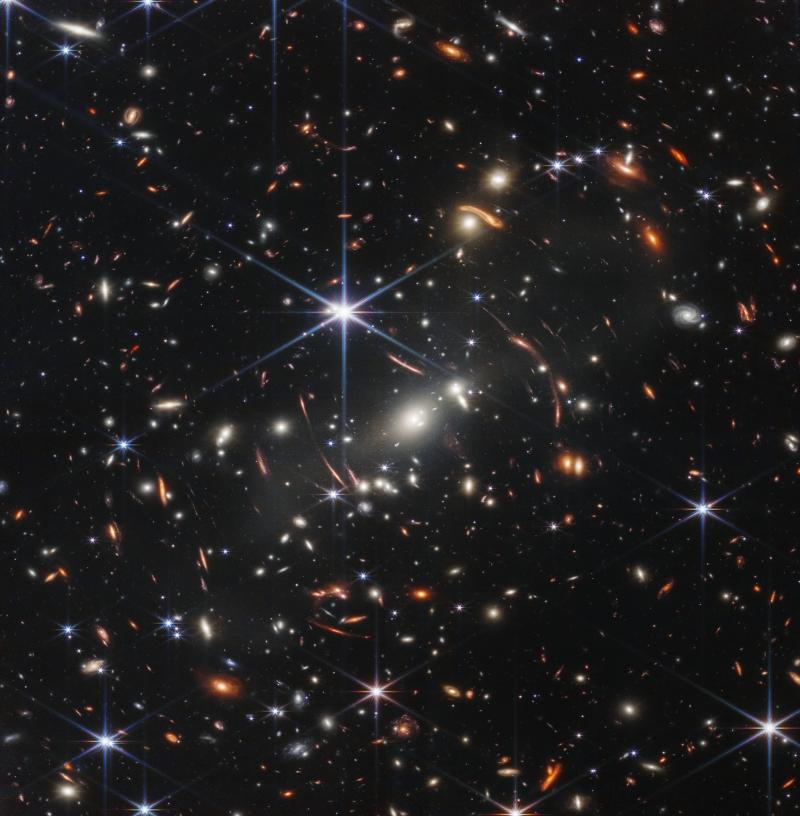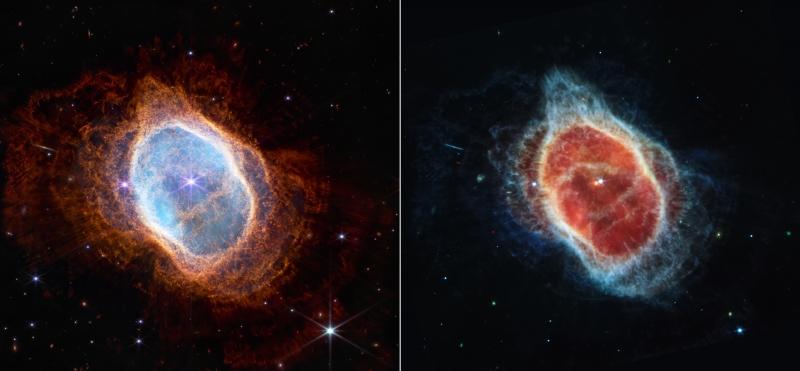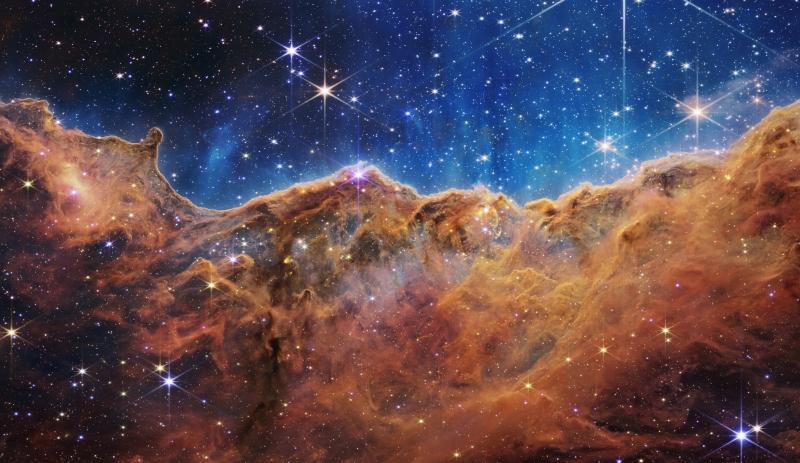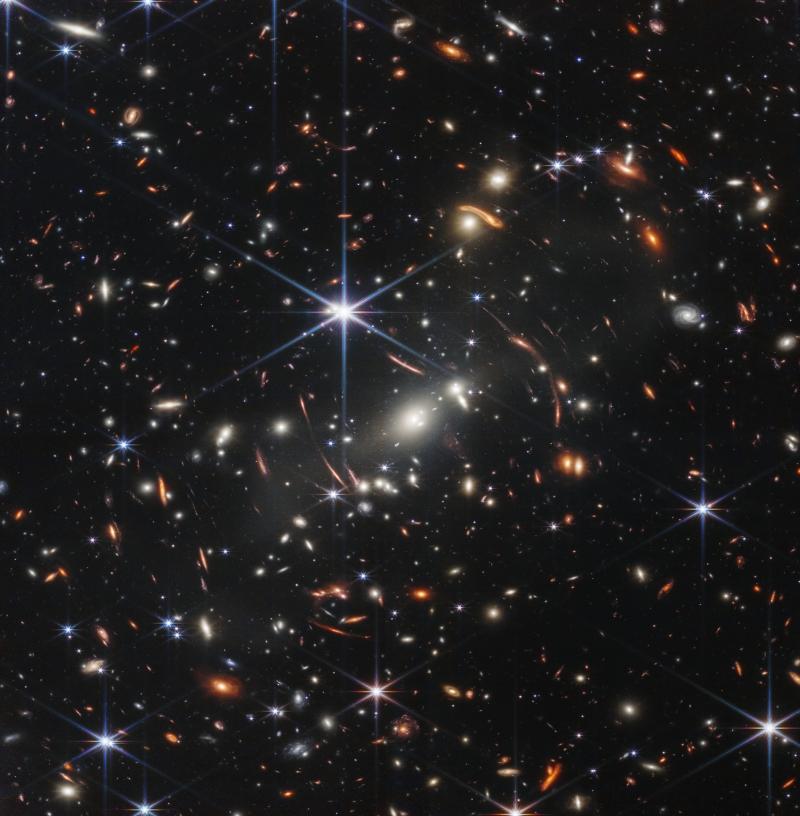The galaxy as seen through the lens of NASA's James Webb Space Telescope
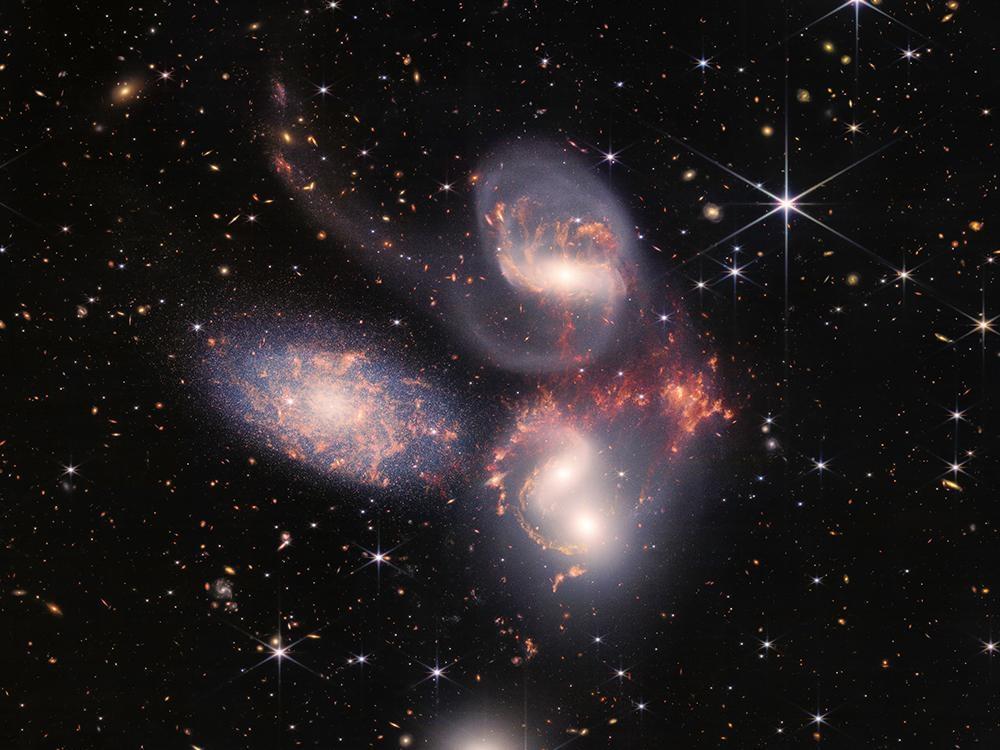
On July 12, the National Aeronautics and Space Administration (NASA) unveiled photos of the never before seen galaxy taken by the James Webb Space Telescope. The photos quickly circulated online with some describing them as mesmerizing, while others urge everyone to rethink the way they look at the universe.
In a press release by NASA, NASA's Administrator Bill Nelson shares, “Today, we present humanity with a groundbreaking new view of the cosmos from the James Webb Space Telescope - a view the world has never seen before.”
The images captured feature views of the Southern Ring Nebula, an expanding cloud of gas surrounding a dying star; the Stephan's Quintet, a compact group of galaxies; newly forming star Carina Nebula; exoplanet WASP-96b; and an image of the distant universe.
Source: NASA
According to NASA, “Webb's image is approximately the size of a grain of sand held at arm's length, a tiny sliver of the vast universe. The combined mass of this galaxy cluster acts as a gravitational lens, magnifying more distant galaxies, including some seen when the universe was less than a billion years old.”
Source: NASA
They further explained, “This deep field, taken by Webb's Near-Infrared Camera (NIRCam), is a composite made from images at different wavelengths, totaling 12.5 hours - achieving depths at infrared wavelengths beyond the Hubble Space Telescope's deepest fields, which took weeks.”
“These images, including the deepest infrared view of our universe that has ever been taken, show us how Webb will help to uncover the answers to questions we don't even yet know to ask; questions that will help us better understand our universe and humanity's place within it,” Nelson shares.
Source: NASA
According to NASA, the James Webb Space Telescope's capabilities can further expand into studying deep fields, tracing galaxies back to the beginning of cosmic time, setting out studies to further understand planetary atmospheres and their compositions, exploring expelling shells of dust and gas of aging stars, and more.
“The beautiful diversity and incredible detail of the Webb telescope's images and data will have a profound impact on our understanding of the universe and inspire us to dream big,” says Greg Robinson, Webb program director at NASA Headquarters.
Source: NASA
The James Webb Space Telescope is the world's premier space science observatory that was launched on December 25, 2021, in an Ariane 5 rocket from Europe's Spaceport in French Guiana, South America.
NASA says the telescope's goal is to solve the underlying mysteries in our solar system, look beyond distant worlds around other stars, and probe the mysterious structures and origins of our universe and our place in it.
LOOKING AT THE STARS IS A TRULY MESMERIZING AND CALMING SIGHT. CONNECT WITH THE UNIVERSE USING THESE MEDITATION APPS.



